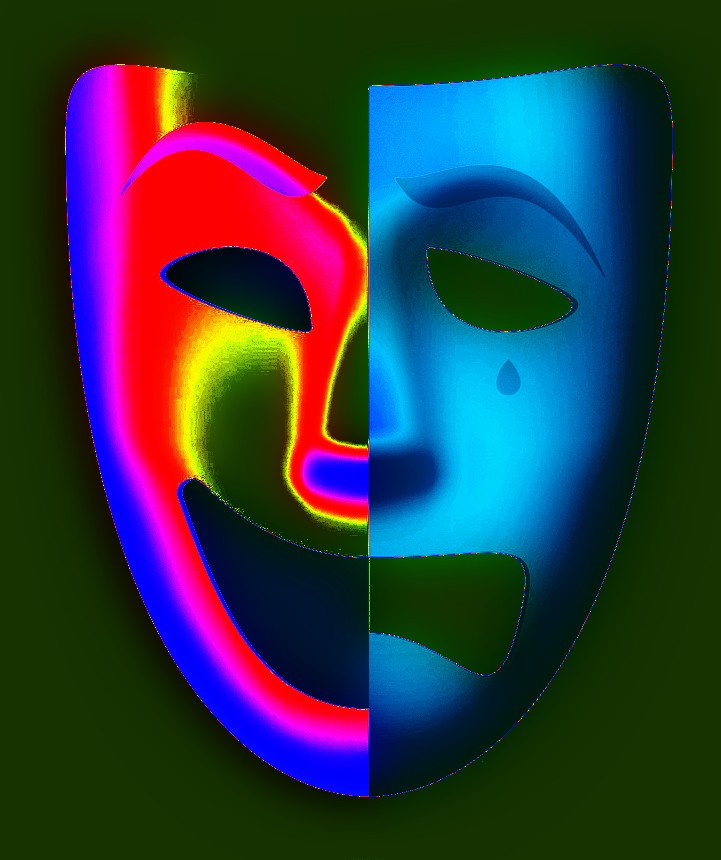The sock and buskin are two ancient symbols of comedy and tragedy. In Greek theatre, actors in tragic roles wore a boot called a buskin (Latin cothurnus) that elevated them above the other actors. The actors with comedic roles only wore a thin soled shoe called a sock (Latin soccus).
Melpomene, the muse of tragedy, is often depicted holding the tragic mask and wearing buskins. Thalia, the muse of comedy, is similarly associated with the mask of comedy and comic’s socks. Some people refer to the masks themselves as “Sock and Buskin.”
Many cultures from around the world elected to represent actors as other persons of beings, enabling performances that were much more striking and effective. Theater traditions in both West and the Asia adopted masks as one of the most important tools that could be used on stage, often creating plays that were fully acted by masked actors. Most notable example of this approach was born in ancient Greece, specifically the state-city of Athens where culture, poetry, and art were valued as an important foundation of daily lives. Stage drama received special care, enabling quick popularization of three main types of plays– tragedy, comedy, and satyr play (comedic satire).

